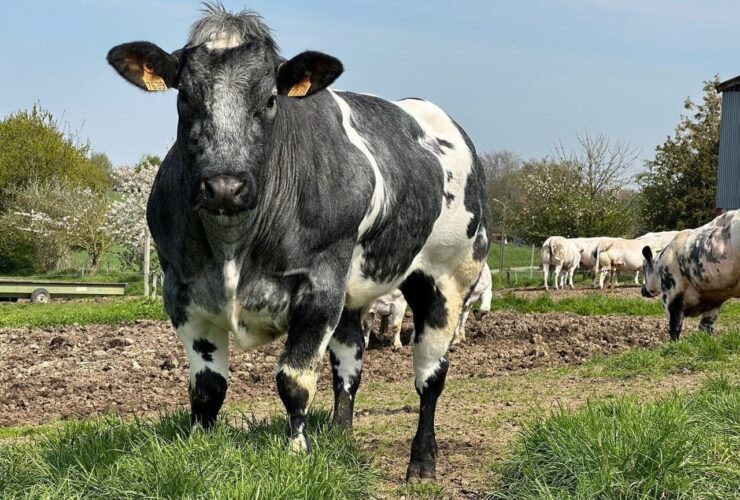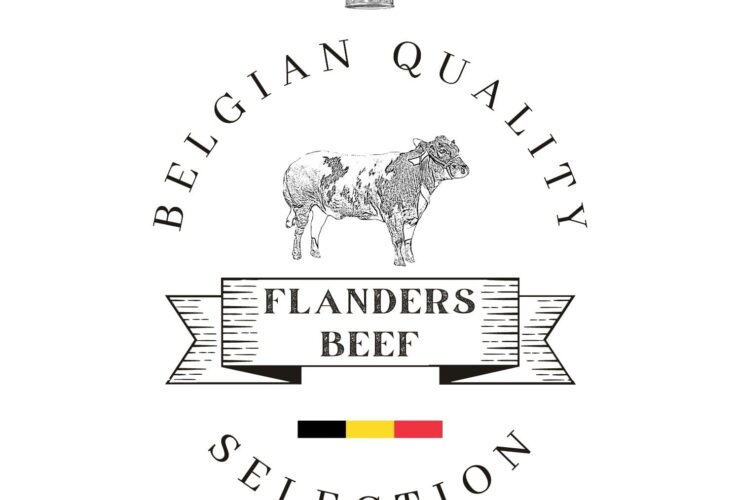A beginner’s guide to caviar
Luxury can come into many forms and Caviar is one of the most relished one. Just imagine a day spent leisurely on a Beach House sipping some of the finest champagnes in the world while relishing Caviar! It’s the luxury of the Royals. Well, just wake up as the reality is awaiting you because the real Caviar isn’t that affordable.
Often considered a pinnacle of luxury, real Caviar has been a classy dining delicacy since the times of ancient Greece. This “Black Gold” was originally introduced to the modern world by Russian Royalty. The story behind Caviar is as interesting as the delicacy itself. Let’s dive into it.

What exactly is Caviar?
Actually, we can’t proceed without it.
Caviar has been derived from the Persian word Chav-jar, meaning “cake of strength. Also widely acknowledged as the black gold, it comes from the roe of the sturgeon fish. The classy caviar is made from the eggs or roe collected from the best fish of the sturgeon family, traditionally fished from the Black Sea and Caspian Sea.
Interesting facts about Caviar:
- You must note that all female fish lay eggs, but the roe or eggs from sturgeon fish are considered the real caviar. Roe from other fish like trout, salmon and flying fish can be a cheaper alternative.
- A connoisseur of food understands that there’s a thin line between roe and caviar. Although both are fish eggs, caviar is roe that has been cured and placed carefully for ageing and storage.
- Caviar is used as an expensive fish appetizer. In fact, it is regarded as the most expensive delicacies known in the world and also apprehended as a sign of wealth.
- According to The Guinness World Record, ‘Almas’ caviar from the Iranian Beluga Fish is the most expensive caviar in the world that costs around €20.000 (or $23.000) per kg.

Is caviar worth it?
The taste of caviar is a controversial thing. While some foodies call it too salty, others simply enjoy it, and others adore it. The reality is that it’s like beer: you acquire the taste over time. The more you have it, the more you’ll start liking it. Furthermore, once you’ve had quite a lot of caviar, you’ll start to develop personal preferences in taste, brand and sturgeon type.

When was caviar introduced in the world?
It dates back to 1240 AD. Caviar was loved in ancient Russia and was an integral part of Russian tradition. However, the delicacy became a luxurious treat for Royals in Europe and other parts only in the sixteenth century.
Interestingly, there was a period in British history when sturgeon belonged to kings and elites only. Henceforth, it was knighted the Royal Fish.
Russia brought this luxury treat caviar into the international trade in early nineteenth century. Since then, the world just can’t get over this luxury treat. During that period, Russia was not the sole producer, but Iran also got into producing caviar, in fact some of the finest caviar in the world, Persian Caviar.

When was caviar introduced in Europe?
Surprisingly, there was a time when sturgeon was so abundantly found in American waters that caviar was served as a complementary appetizer in local saloons.
A German immigrant Henry Schacht began exporting of caviar to Europe in 1873. Many others followed the idea and soon America emerged as the largest exported of caviar in the world. However, most produce was re-imported as the luxury Russian caviar.
It got so insanely popular that most high-end restaurants in America started serving caviar. Things didn’t remain the same as high demands led to overfishing which made the sturgeon go almost extinct. Consequently, the production was halted and caviar eventually became a luxury, expensive treat in America.

In today’s world
Restricted harvesting and trade of sturgeon have made other caviar alternatives popular. Now this rare and costly treat reaches people in a more affordable form. However, the quest for the “real caviar” is still alive. For that there’s Royal Belgian Caviar (talked about in further sections).
What makes caviar so expensive?
The whooping price tag is directly related to its rarity as well as time and resources invested on its production. That being said, the most common factor to determine price of a certain type of caviar is its rarity.
Gourmets know that the real caviar comes from sturgeon, a saltwater anadromous fish. Overfishing has led to a decrease in their population to an extent that they are nearing extinction. The actual supply of the ‘real caviar’ has reduced significantly from what it was nearly three decades ago. Apart from that, production costs have soared as well. All these factors have caused the price to touch the sky.
Is Imperial Heritage Caviar worth it?
Imperial Heritage Caviar is not an everyday product, but an ultimate luxury treat. With the brand, you know that you are buying 100% quality product that has been barred from repackaging.
Imperial Heritage Caviar is known for breeding multiple types of sturgeon species, thus producing multiple labels of caviar:
- Imperial Label
- Connoisseurs Label
- Heritage Label
- Russian Tradition Label
- Oscietra Royal Label
- Beluga Royal Label
Final words
There’s more to caviar. It’s as fascinating as delicious. OS Meatshop brings to you the real caviar in the form of Imperial Heritage Caviar so that you know what exactly you are paying for. This expensive treat is a real dining luxury. Relish now!




